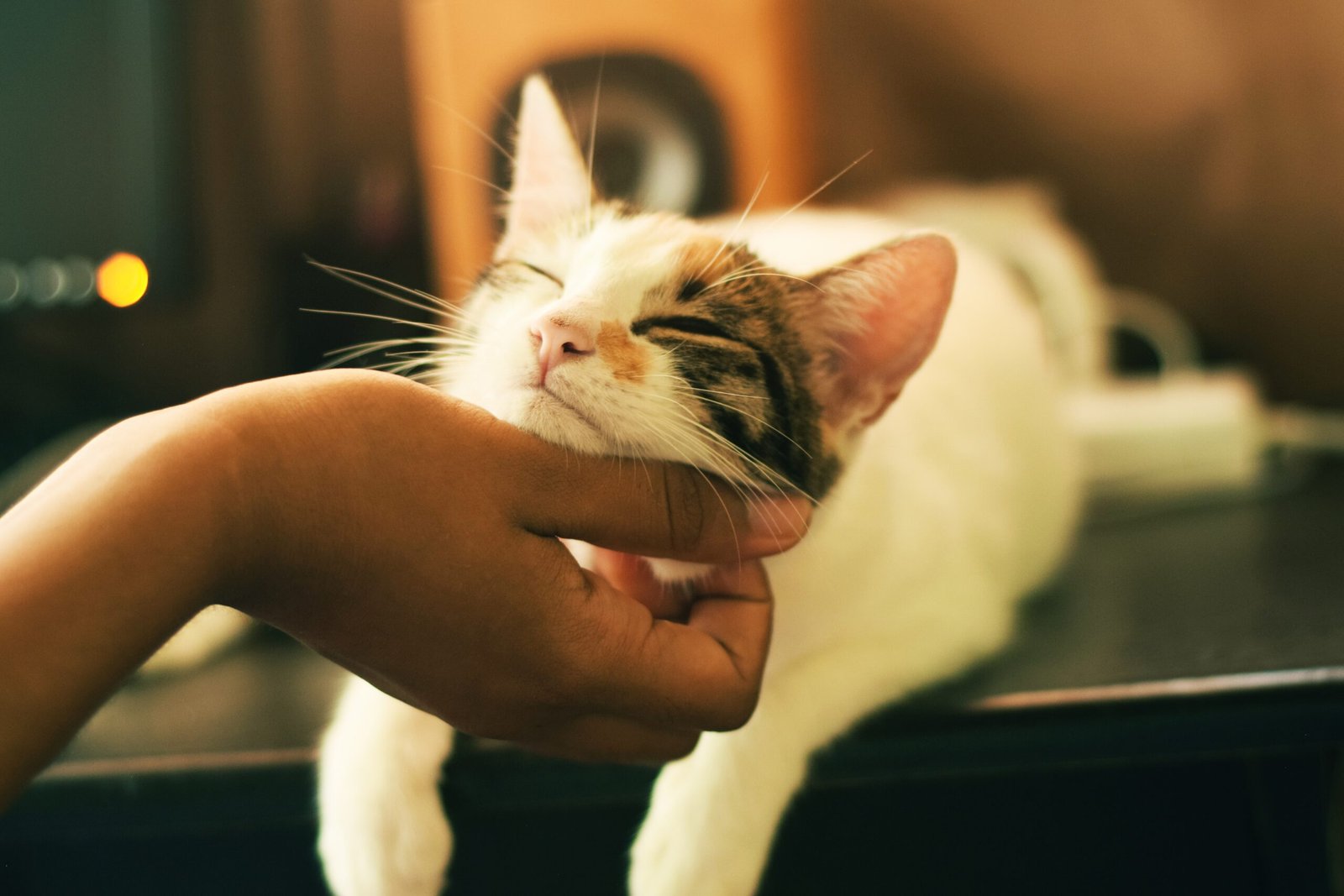Introduction
Regular veterinary visits are an essential part of keeping your cat healthy and ensuring a long and happy life. However, many cats experience stress and anxiety when it comes to visiting the vet. In this guide, we will provide you with tips and strategies to make veterinary visits as stress-free as possible for your feline friend.
1. Choose the Right Veterinarian
When selecting a veterinarian for your cat, it’s important to find someone who specializes in feline care. Cats have unique needs and behaviors that require a veterinarian with specific knowledge and experience. Look for a vet who has a gentle and calming approach, as this can greatly reduce your cat’s anxiety during visits.
2. Familiarize Your Cat with the Carrier
Many cats associate their carrier with negative experiences, such as going to the vet. To alleviate this stress, make the carrier a comfortable and inviting space for your cat. Leave it out in your home with the door open, add a soft blanket or bedding inside, and place treats or toys to encourage your cat to explore and associate positive experiences with the carrier.
3. Practice Handling and Grooming
Cats can become anxious and fearful when they are handled or groomed, which are common procedures during veterinary visits. To help your cat become more comfortable with these experiences, practice gentle handling and grooming at home. Start with short sessions and gradually increase the duration, rewarding your cat with treats and praise throughout the process.
4. Use Pheromone Sprays or Diffusers
Pheromone sprays or diffusers, such as Feliway, can help create a calming environment for your cat. These products mimic the natural facial pheromones that cats release when they feel safe and secure. Use them in your home and spray the carrier before placing your cat inside to help reduce anxiety during the car ride and at the vet’s office.
5. Plan Ahead for the Car Ride
Car rides can be particularly stressful for cats, so it’s important to plan ahead to make the journey as smooth as possible. Keep the carrier secure in the car and cover it with a blanket or towel to create a cozy and secure environment. Play soft classical music or use a white noise machine to help drown out any loud noises that may startle your cat.
6. Create a Positive Vet Visit Experience
When you arrive at the vet’s office, inform the staff that your cat may be anxious and request a quiet and separate waiting area, if possible. Keep your cat’s carrier elevated off the ground to help them feel more secure. During the examination, ask the veterinarian to be gentle and take breaks if your cat becomes overwhelmed. Reward your cat with treats and praise throughout the visit to create positive associations.
7. Follow Up with Rewards and Relaxation
After the veterinary visit, provide your cat with extra love, attention, and treats. This will help reinforce the positive experience and create a sense of relaxation. Allow your cat to rest and recover in a quiet and comfortable space, providing them with their favorite toys or a cozy bed.
Conclusion
Veterinary visits are necessary for maintaining your cat’s health, but they don’t have to be stressful. By choosing the right veterinarian, familiarizing your cat with the carrier, practicing handling and grooming, using pheromone sprays, planning ahead for the car ride, creating a positive vet visit experience, and following up with rewards and relaxation, you can help ensure that your cat’s veterinary visits are as stress-free as possible. Remember, a calm and happy cat leads to a healthier and happier life.

